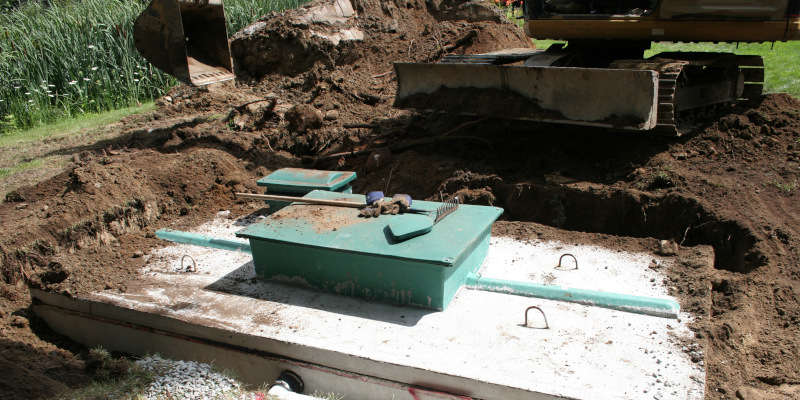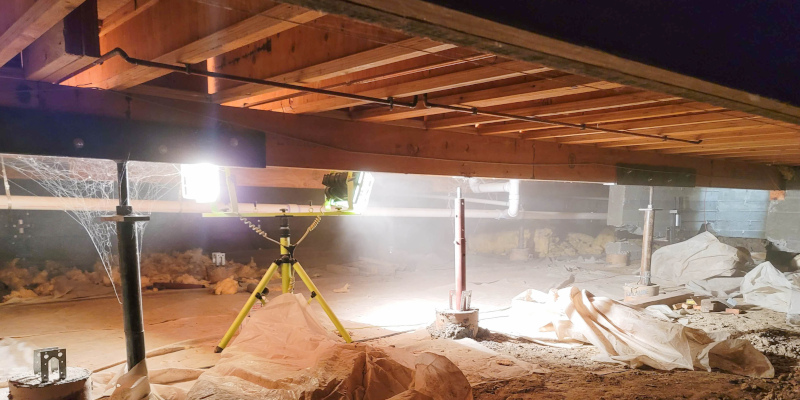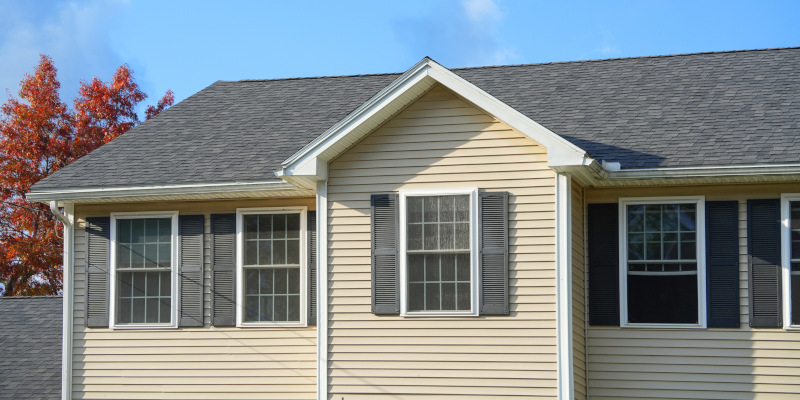There are many properties located in rural areas where municipal sewer systems are not readily available. For those properties, septic system installation is a necessity to manage waste, and there are many factors to consider prior to the installation.
- Water Table Height – Because septic systems release effluent into the soil, it’s important to know how high the water table is on a property to avoid groundwater contamination. On properties where the water table is high, an aerobic septic system may be required to treat the effluent more effectively and make it safe before it enters the drain field.
- Size of Household – The size of the septic tank or even the number of tanks should match the size of the household or the estimated number of daily users for commercial properties.
- Elevation – In many cases, septic system installation is done in a manner that allows gravity to transport waste to the tank and into the drain field, but this isn’t always possible. If the elevation on a property requires the wastewater to travel uphill, a lift station will need to be installed.
- Drain Field Location – The drain field’s location should be chosen carefully prior to septic system installation to protect the environment. Soil analysis can help with identifying the best spot since how dense or permeable the soil is will affect the drain field’s ability to do its job.
- Permits – Obtaining permits for septic system installation should not be overlooked. There are specific state and local requirements in place for public health and environmental reasons, so it’s important to comply and get permission for septic system installation before proceeding.










